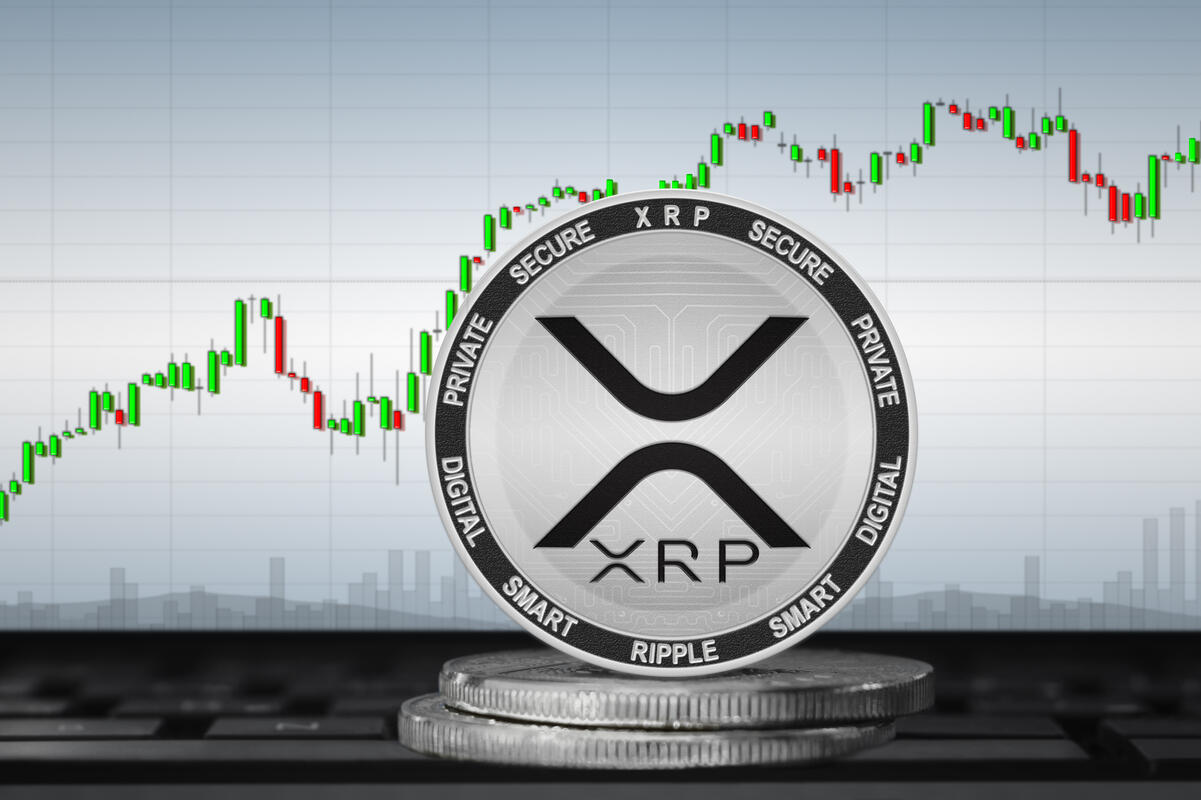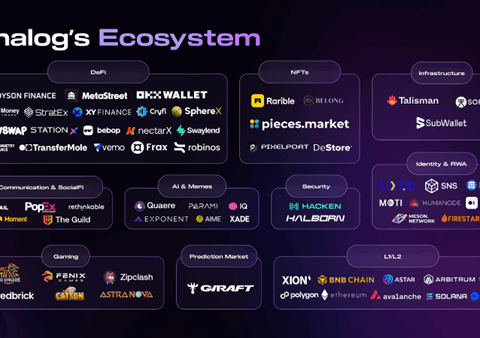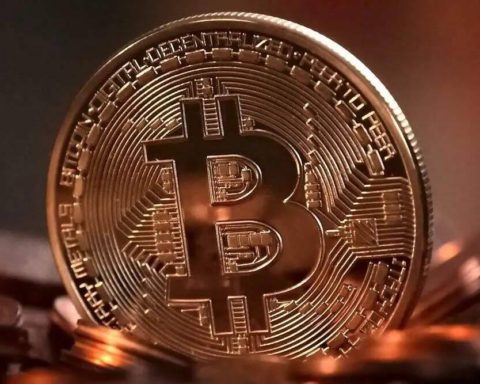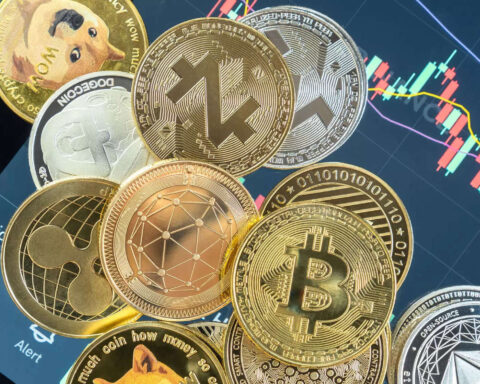Cardano, a prominent cryptocurrency, witnessed an impressive surge in price, soaring by 23.9% on July 13.
This significant rally has left investors intrigued about the potential for further gains and has sparked questions regarding Cardano’s ability to break the $0.40 mark.
The surge in price came shortly after a favorable judicial decision related to XRP, another cryptocurrency.
There are three key factors supporting Cardano’s bullish momentum. Firstly, Cardano has the potential to integrate with other blockchains, which opens up new possibilities and expands its reach.
Secondly, there has been increased activity in decentralized applications (DApps) built on the Cardano platform, which demonstrates growing adoption and usage.
Lastly, the recent XRP ruling has alleviated regulatory risks, benefiting ADA and other coins impacted by regulatory concerns.
It is worth mentioning that Cardano and its ADA token faced scrutiny from the United States Securities and Exchange Commission (SEC) during recent legal actions against major exchanges like Coinbase and Binance.
The SEC referred to ADA as a potential security. However, it is important to note that while the staking offering may be considered a security, it does not pose a direct risk to Cardano or its development companies.
READ MORE: Worldcoin’s World ID Project Surpasses 2 Million Users
The XRP ruling on July 13 helped mitigate regulatory concerns and contributed to the rally in ADA’s price.
A proposal to incorporate Algorand as a Cardano sidechain has gained attention within the cryptocurrency community.
Although it may seem unlikely for the Algorand community to accept this suggestion, the proposal gains relevance given AlgoFi’s shutdown announcement following regulatory allegations against Algorand.
This integration could help Algorand avoid regulatory scrutiny while boosting the adoption of Cardano’s ecosystem.
Smaller altcoins could also be incentivized to become Cardano sidechains, benefiting from Cardano’s treasury and marketing potential.
In terms of activity in Cardano’s DApps and NFT markets, the increased usage of smart contracts and NFT sales indicates a growing ecosystem.
Ethereum’s struggles with high transaction fees have made Cardano an attractive alternative for developers and users.
Cardano’s total value locked (TVL) in ADA terms has seen a 10% month-on-month increase, reaching 550 million ADA on July 14.
Additionally, decentralized exchange volumes experienced a 6% rise in the past week.
Cardano’s nonfungible token sales have surged by 56% to $3.1 million, outperforming platforms like Solana and Ethereum.
Despite these positive developments, there are still regulatory risks to consider.
While the XRP decision was beneficial, Cardano’s ICO was not explicitly addressed in the court ruling, and the ongoing XRP trial will determine Cardano’s regulatory status.
Furthermore, Cardano’s TVL of $200 million lags behind other layer-1 smart contract alternatives, suggesting limited demand for its services.
To solidify its position and surpass the $0.40 mark, Cardano must continue growing and delivering on its promises.
Planned updates for 2023, such as the Hydra L2 solution and Basho, will be crucial in improving scalability, performance, and transaction efficiency on the Cardano network.
These updates will help Cardano attract more users and cement its position as a leading blockchain platform.
Other Stories:
Monochrome Asset Management Proposes Bitcoin ETF on ASX
Ripple’s XRP Victory Against SEC: A Blow to Regulator’s ‘War on Crypto’
OpenAI Faces FTC Investigation Over Privacy and Data Practices




